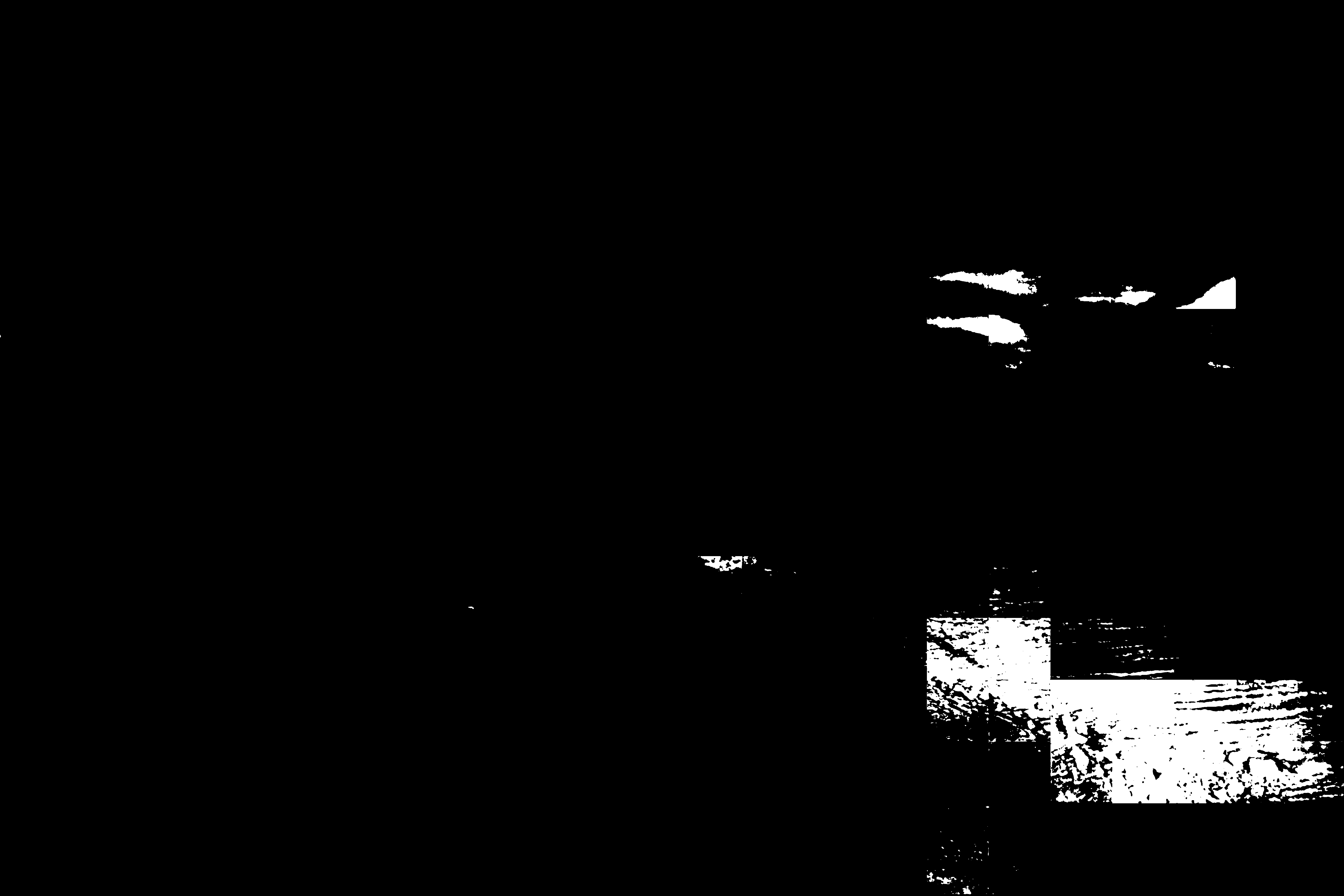ISS061-E-77729
| NASA Photo ID | ISS061-E-77729 |
| Focal Length | 50mm |
| Date taken | 2019.12.12 |
| Time taken | 18:48:33 GMT |
Country or Geographic Name: | CANADA |
Features: | HUDSON BAY, MOON |
| Features Found Using Machine Learning: | |
Cloud Cover Percentage: | 50 (26-50)% |
Sun Elevation Angle: | 16° |
Sun Azimuth: | 190° |
Camera: | Nikon D5 Electronic Still Camera |
Focal Length: | 50mm |
Camera Tilt: | High Oblique |
Format: | 5568E: 5568 x 3712 pixel CMOS sensor, 35.9 x 23.9 mm, total pixels: 21.33 million, Nikon FX format |
Film Exposure: | |
| Additional Information | |
| Width | Height | Annotated | Cropped | Purpose | Links |
|---|---|---|---|---|---|
| 720 pixels | 480 pixels | Yes | No | NASA's Earth Observatory web site | Download Image |
| 5568 pixels | 3712 pixels | No | No | Download Image | |
| 640 pixels | 427 pixels | No | No | Download Image |
An astronaut took this photograph of a full Moon rising over a frigid Hudson Bay in northern Canada. Looking north from the International Space Station, Earth’s horizon gradually fades into the darkness of polar night.
The winter scene reveals icy shorelines and frozen landscapes under thin, wrinkled clouds. The small villages and towns along these shores in Manitoba Province receive just 6 to 7 hours of sunlight each day in December. A bit farther north, the Sun will not rise above the horizon again until January. This photo, taken around 1 p.m. local time, shows just how little sunlight reaches northern Canada during a winter day.
In October 2019, ice began to form as it usually does on northern Hudson Bay. As seasonal temperatures dropped and the hours of sunlight decreased, fast ice attached to the western shores of Hudson Bay and began spreading further south. Once frozen, Hudson Bay becomes a key habitat for migrating polar bears, which spend much of their time on the ice until it starts to melt again around June.



